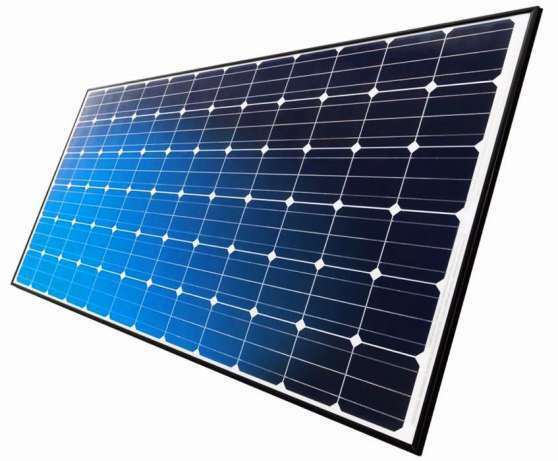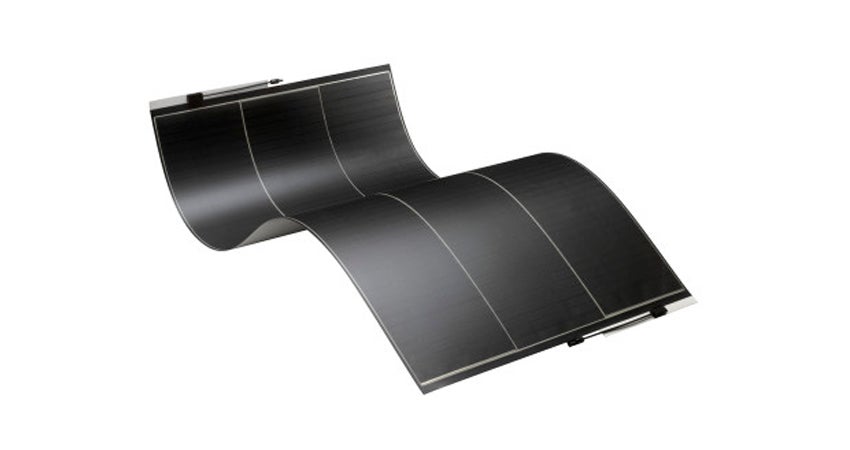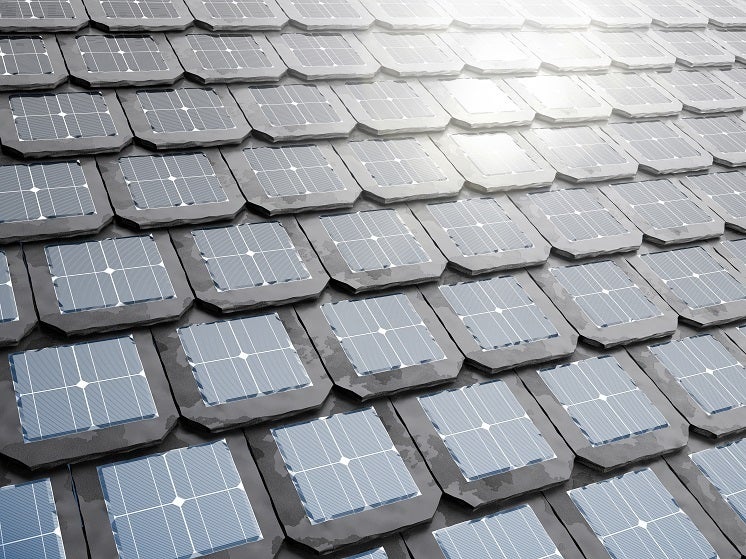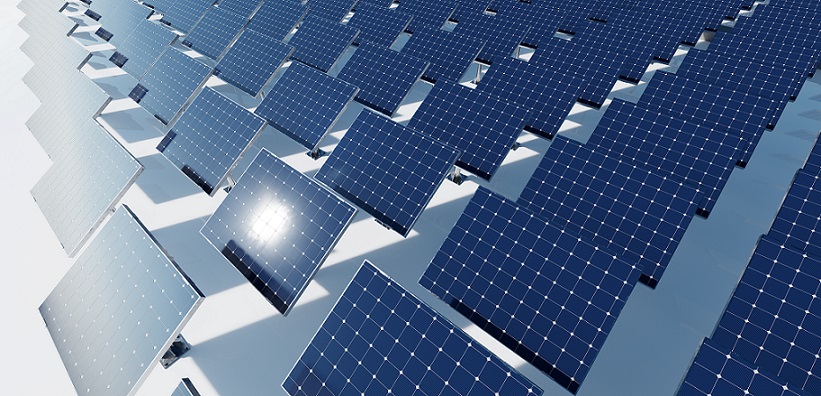How Many Types of Solar Panels Do You Know About?
Solar panels have become a common sight on rooftops and flat surfaces across the UK. More and more homes and commercial buildings are benefitting from access to renewable energy from the sun to light, heat and power essential appliances. The working technology of all types of solar panels is straightforward. Photovoltaic cells embedded in solar panels capture energy directly from the sun’s rays and convert it into useable electricity
The electricity can either be used immediately or stored in special batteries for use later on when the sun is not as strong or during the night. However, there are many different types of solar panels to choose from, which makes switching to renewable energy more versatile than ever before.
Panels and their pros (and cons)
The great thing about having different types of solar panels is that you can choose the most effective, convenient and affordable configuration for your individual circumstances. Here are four of the most popular types of solar panels to compare their advantages and disadvantages.
1. Standard solar panels
This type of solar panel is arguably the most recognisable and popular option on sale today. They are sturdy and easy to install and can be positioned to capture as much of the sun’s energy as possible. This accuracy results in higher yields of energy, making returns on the initial investment possible much earlier on. Normally made up of silicon wafers, each panel contains several rows of photovoltaic cells that do the actual conversion work. Monocrystalline cells appear black, while polycrystalline ones have a blue tone, due to how the light interacts with their surfaces.

A sheet of glass goes on the top of each panel and the whole unit is framed to add extra rigidity and strength. Pros include easy availability and installation, effective efficient energy conversion and affordable prices. Cons include the fact that other, more modern technology is available for households or businesses looking for the latest innovations in renewable energy.
2. Thin-film solar panels
This lighter option is slowly capturing more and more of the market as people look for less obtrusive ways to generate solar power in their businesses or homes. They are extremely versatile, as they can be manufactured in foldable and roll-up formats. This allows them to be fitted more closely to the contours of an existing roof or flat surface. They can also be fitted to a caravan or mobile home for solar power generation on the move.

However, they are less efficient than standard solar panels, so they may need to cover a wider surface area to generate the same amount of electricity. They also require more complex disposal at the end of their working life, due to the toxic cadmium telluride that is often contained within the film.
3. Solar tiles
Solar tiles offer the huge advantage of being more aesthetically pleasing than other types of solar panels. They can be interlocked and replace standard roof tiles, rather than being placed on top of them. They can be a more discreet option, and work well on an existing roof, as well as provide an excellent alternative energy course for a new build.

However, solar tiles are not always as efficient as some of the more traditional solar panel types and can therefore take longer to recoup initial costs via electricity bill reductions. Installation can be costlier too, given the newer technology and more complex interlocking tile layout.
4. Tempered or plate glass solar panels
The type of glass or covering used in solar panels is an extremely important consideration when placing an order. Due to the exposed position of solar panels, they must be able to withstand harsh weather conditions and fluctuating temperatures. Tempered or plate glass adds valuable protection against the elements and adds an extra layer over the delicate photovoltaic cell technology that makes the solar panels work in the first place.
Advantages include longevity for the whole solar power system, as well as improved aesthetics and fewer repairs. Disadvantages exist around the increased price point and heavier weight involved. As with all types of solar panels, those with added tempered or plate glass on top must be fitted by a professional installer. This will ensure maximum efficiency and prevent the risk of the panels getting damaged, slipping off the roof or breaking.



